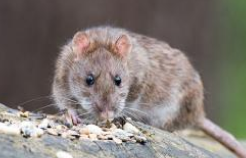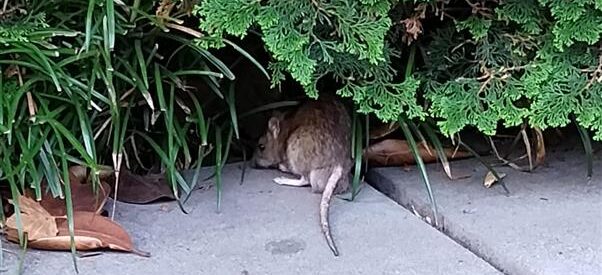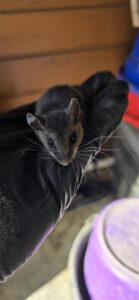Rodents cause millions in property damage each year, contaminate food sources, and spread disease. Yet many homeowners don’t notice the problem until it’s too late. According to the EPA, rats and mice pose significant health and safety threats—and early detection is key.
If you’re a homeowner in the Greater Seattle area, spotting the signs of a rodent infestation early can save you time, money, and major headaches. Here are six of the most common red flags and what to do if you see them.
1. Droppings in Hidden Areas
Small, pellet-shaped droppings—especially near food, inside cabinets, or behind appliances—are a classic sign of rodent activity.
-
Mouse droppings: ~⅛ inch, pointed ends
-
Rat droppings: ~½ inch, blunt ends
-
Fresh = dark and moist, while old droppings turn gray and brittle
If you’re finding droppings in multiple places, chances are the rodents are already nesting in your home.
2. Gnaw Marks and Property Damage
Rodents chew constantly to file their teeth down, leaving behind telltale damage.
Look for:
-
Chewed food packaging
-
Gnaw marks on furniture, walls, or baseboards
-
Frayed electrical wires (a major fire hazard)
This damage isn’t just unsightly—it’s dangerous. Catching it early can prevent serious structural or electrical issues.
3. Strange Noises in Walls or Ceilings
Hearing scratching, scurrying, or squeaking sounds at night? You may not be imagining things.
Rodents are nocturnal and tend to stay quiet during the day. If you notice activity:
-
Behind walls
-
In attic or crawl spaces
-
Under floorboards or appliances
…there may be a nest nearby. Take these noises seriously—they’re a common early warning sign.
4. Grease Trails and Smudge Marks
Rodents travel the same paths repeatedly, leaving behind oily smudges from their fur.
You might notice:
-
Dark streaks along walls or baseboards
-
Smudges near pipes, vents, or entry points
These marks are like a roadmap to where they’re hiding—and how they’re getting in.
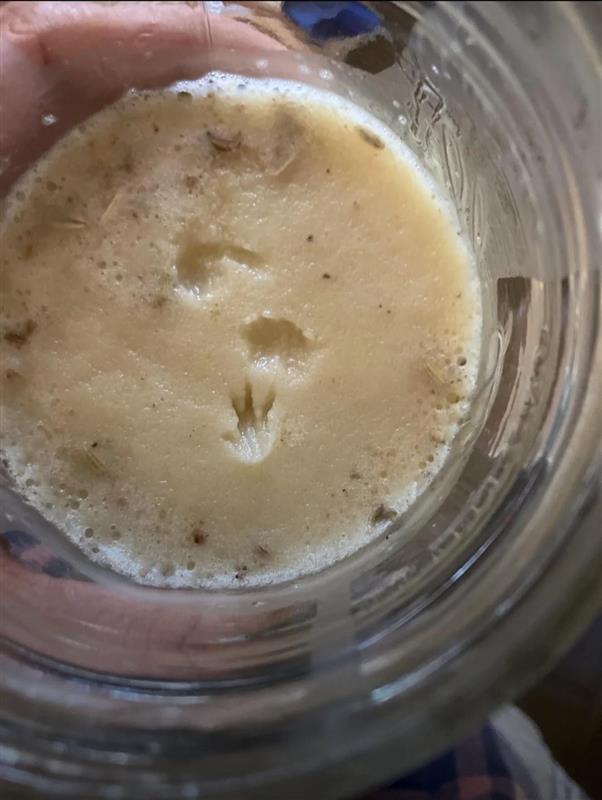
Rodent hand print and evidence of feeding in a customer’s food
5. Nests Made from Shredded Material
Mice and rats build nests from whatever they can find: paper, insulation, fabric, or cardboard.
Common hiding spots:
-
Closets and storage boxes
-
Behind or under appliances
-
Garages, attics, or basements
Seeing shredded debris in low-traffic areas could mean rodents have already moved in—and are multiplying.
6. Unusual Pet Behavior
Your dog or cat may detect rodent activity before you do. Watch for:
-
Pawing at walls or appliances
-
Fixating on a specific area
-
Changes in sleeping or eating patterns
Pets have sharper hearing and smell, so when their behavior changes, take note—it might mean something’s lurking inside.
Why Fast Action Matters
Rodents reproduce quickly and are masters at staying hidden. But while they nest and multiply, they’re also:
-
Spreading diseases like hantavirus and salmonella
-
Contaminating food and surfaces
-
Triggering allergies and asthma
-
Creating fire hazards by chewing wires
Left unchecked, a minor issue can explode into a full-blown infestation in just weeks.
DIY Tips for Early Rodent Control
If the signs are recent and minimal, try these quick actions:
-
Seal gaps and entry points with steel wool and caulk
-
Store all food (including pet food) in sealed containers
-
Eliminate clutter—especially in attics and crawl spaces
-
Set traps in areas of suspected activity
-
Clean floors and wipe down surfaces regularly
DIY measures are best for early-stage problems. If the issue persists, it’s time to escalate.
When to Call a Professional
Not all rodent problems can be solved with traps. Professional exterminators can:
-
Inspect your home thoroughly
-
Identify entry points and nesting areas
-
Implement exclusion and long-term monitoring solutions
Look for a company with:
-
Local knowledge of rodent behavior
-
Integrated Pest Management (IPM) options
-
Safe, eco-friendly techniques
-
Licensed, highly trained technicians
At Eastside Exterminators, we use our SMART digital monitoring system to catch rodent activity before it becomes an infestation. Our Seattle-based team has been trusted since 1969 to protect families with expert rodent control services.
Don’t Wait—Act Fast to Keep Rodents Out
Rodents don’t wait, and neither should you. If you’ve seen droppings, heard noises, or noticed signs of chewing or smudges, those aren’t random—they’re warnings.
Eastside Exterminators combines local expertise with cutting-edge tools to create pest-free homes in the Greater Seattle area. Whether you want an inspection, a second opinion, or full-service control, we’re here to help.
👉 Schedule your inspection today and get ahead of rodent problems—before they multiply.

 (425) 318-7912
(425) 318-7912
 MY ACCOUNT
MY ACCOUNT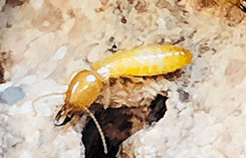
 425-318-7912
425-318-7912